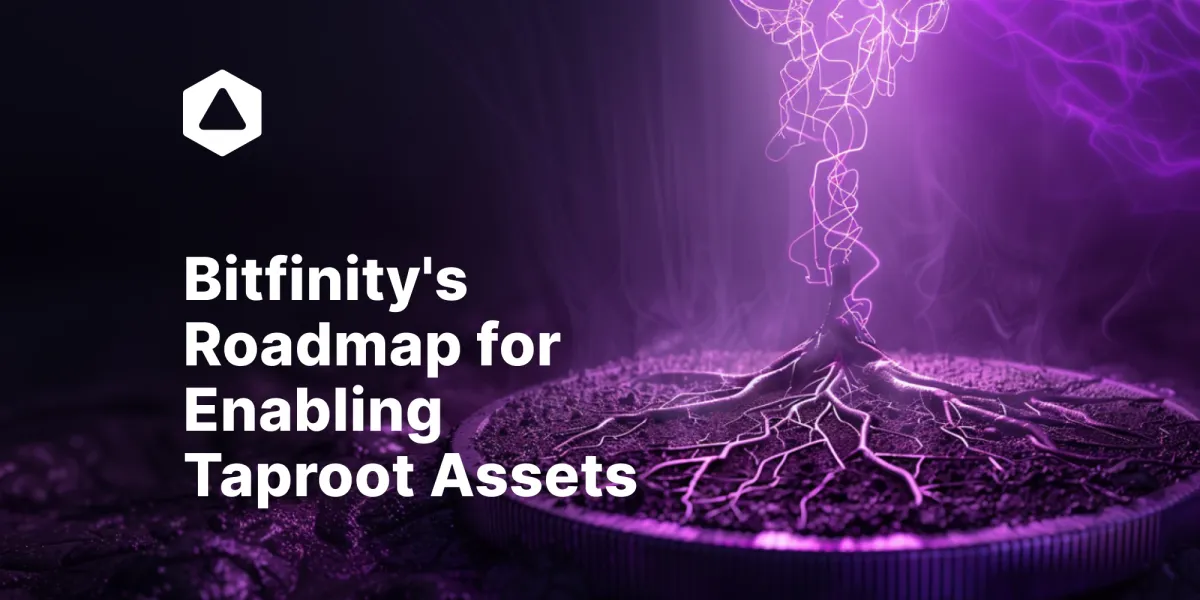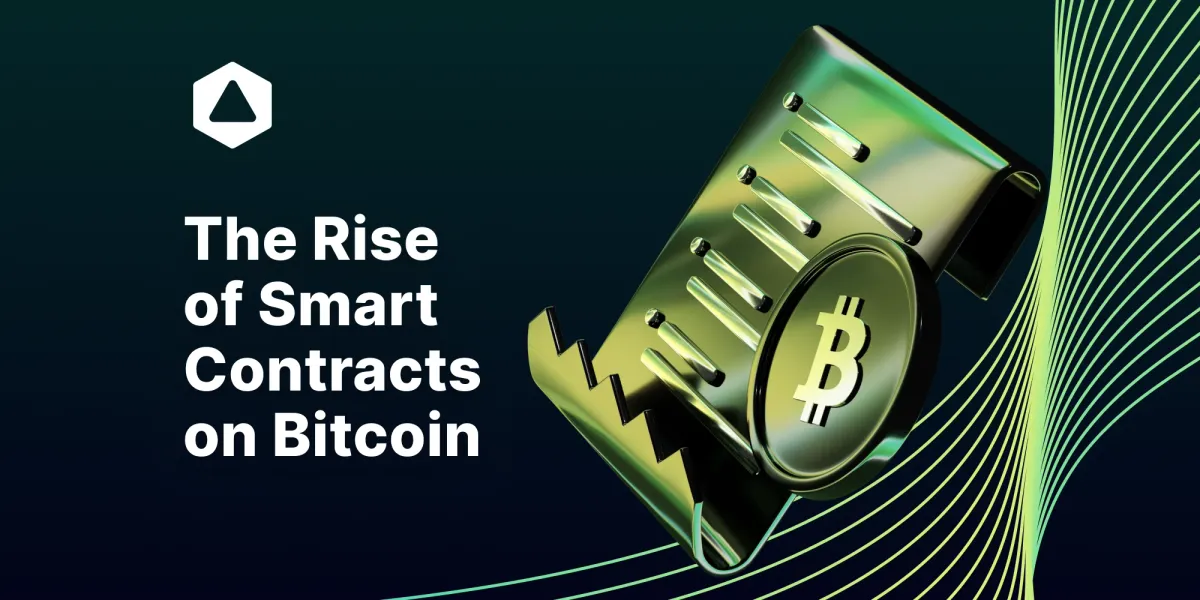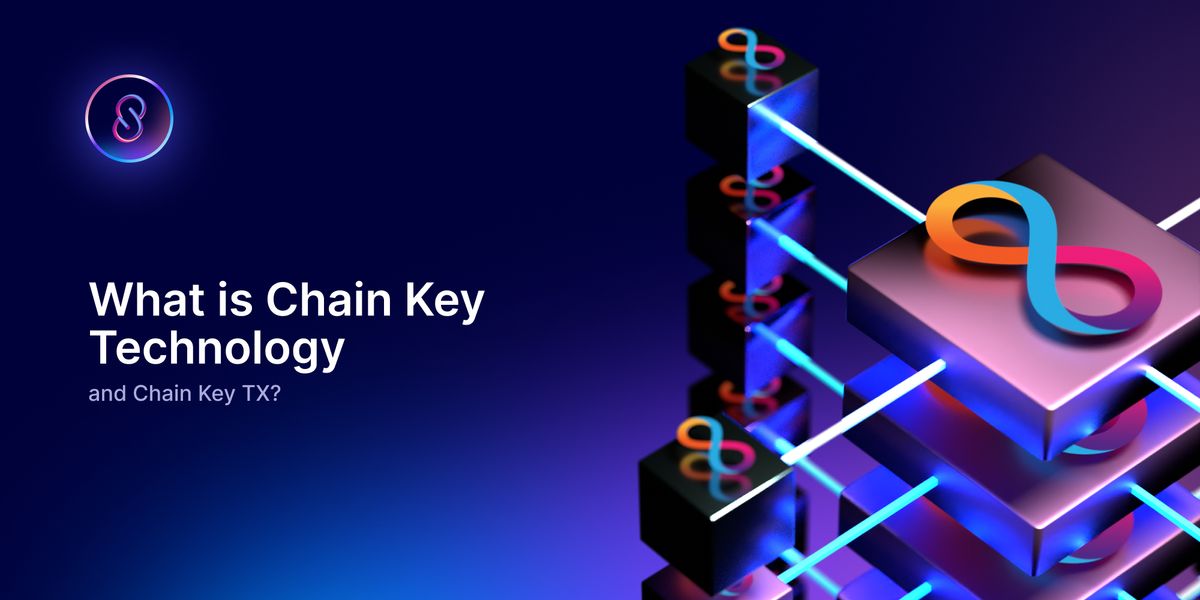Leveraging Lightning Synergies: Bitfinity's Roadmap for Enabling Taproot Assets
Learn how the Taproot Assets protocol ushers in a new phase unlocking possibilities for programmable digital assets.

The Bitcoin blockchain has undergone many updates and major advancements, including the mainnet alpha launch of the Taproot Assets Protocol that went live on October 18, 2023. A more than technical development, and evolution that goes beyond minor efficiency and privacy improvements to transform Bitcoin.
Join us in this article as we delve into this upgrade - from its inception and journey to the alpha mainnet launch, and the potential impact on the Bitcoin and Bitfinity ecosystem.
Taproot Assets
Taproot Assets, previously known as ‘Taro’, is a Taproot-powered protocol that facilitates the issuance of various digital assets on the Bitcoin blockchain. It relies on the Bitcoin network and the efficiency of the Lightning Network to ensure robustness and security of asset issuance.
The development of Taproot assets has been a process that has unfolded over several years. First, it was introduced by Lightning Labs towards the end of 2022, and later in May 2023, a v0.2 was launched.
Today we're excited to announce the newest version of Taproot Assets 🥕, a scalable protocol to issue assets on #bitcoin and Lightning.
— Lightning Labs⚡️🍠 (@lightning) May 16, 2023
With this release, developers have the core set of features to bitcoinize the dollar in a chain-efficient manner! 💸⛓️https://t.co/7WmeDjNnM2
The alpha version of the code was released on 18 Oct the same year, which ushered in the current mainnet-ready v0.3.
Announcing the first mainnet release of Taproot Assets 🥕, a protocol for assets on #bitcoin and Lightning.
— Lightning Labs⚡️🍠 (@lightning) October 18, 2023
With this release, developers can issue financial assets on-chain in a scalable manner. 💱
Today marks a new era of multi-asset bitcoin. 🌅https://t.co/2cNvZSvv8v
This version provides developers with the necessary tools to create, issue, transfer, and spend assets on the Bitcoin blockchain by leveraging the Taproot upgrade. Let us go through this upgrade in detail to understand what was updated exactly.
The Taproot Upgrade Explained
The Taproot soft fork (protocol upgrade) was proposed in Bitcoin Improvement Proposal 341 (BIP 341) and included three main components:
Schnorr Signatures
Schnorr signatures are a digital signature scheme that enables the merging of multiple signatures from different private keys into one single signature. This comes with several advantages, which include;
- Enhanced privacy and security - In the original digital signature system, the Elliptic Curve Digital Signature Algorithm (ECDSA), anyone could tell that a transaction was from a multisig wallet, just by looking at the on-chain transaction data. But now with the Schnorr individual public key, this is similar to any other signature, which makes the number of parties involved in a transaction to be hidden.
- Improved network efficiency- Additionally, the former ECDSA, required that every involved key pair was stored with three public signatures and keys. This made transactions bulky and more expensive because more computational power and storage was required.
Taproot
The Taproot upgrade, introduced a tree-like structure- Merkelized Abstract Syntax Trees (MAST) which enables only the fulfilled unspent transaction output (UTXO) to be visible to the public while unexecuted transactions remain hidden.
This allows developers to embed random asset metadata within an existing output and formulate rules on how it is to be processed (more like a smart contract).
Tapscript
A new scripting language, named Tapscript, also emerged as essential for verifying Schnorr Signatures and Taproot transactions.
So now we see these three improvements are the foundations on which the Taproot Assets Protocol operates. Now that we have looked at their functionality, let us see how the protocol works.
Understanding How Taproot Assets Function
To understand how this protocol works, we will look at the creation, issuing, transferring, and spending of a Bitcoin-native asset.
Creating Taproot Assets on Bitcoin
The creation of assets in the Taproot Assets Protocol involves embedding metadata within a Bitcoin UTXO. This data includes asset properties such as its name, supply, and rules for minting more units.
Afterwards, the data is submitted for confirmation and once confirmed on the Bitcoin base layer, the asset is considered live within the blockchain.
Issuing Bitcoin-Native Assets
Issuing assets on the Taproot Assets Protocol requires using its client on Bitcoin, where assets are created through Bitcoin transactions. When issuing an asset, you will pay a transaction fee in BTC.
Once the transaction is included in a block and verified, the asset is considered issued and can be transferred according to the rules defined at the time of its creation, as discussed above.
To ensure that asset issuance adheres to the rules of conservation (like preventing double-spending or asset inflation), the Taproot protocol uses Merkle Sum Trees. Merkle Sum Trees are a variation of Merkle Trees that contains numeric values at each leaf. The sum of these values is reflected at each node, up to the root. It contains the quantity of an asset.
Transferring assets
The transfer of Taproot assets on-chain is straightforward. The transfer involves the recipient communicating their address to the holder of the current assets, and the holder then initiates the transfer. Similar to how one would transact a normal Bitcoin transaction.
The sender then generates a new Sparse Merkle sum tree which reflects the new balances. A process that involves reducing one leaf balance and increasing another.
To ensure arbitrary commitment of data during transactions, Taproot Asset protocol uses a cryptographic technique referred to as Taptweak. Which allows selective output spending and the revealing of private key(s).
Universes in Taproot Assets
A Taproot Asset Universe is an archive where information about assets as well as proofs for asset holders are stored. It stores information such as assets that have been issued, their quantity, rules, and proofs of recent transfers. An asset issuer may run the universe or choose someone else to do it for them.
Advantages and Limitations of Taproot Assets
Taproot assets like any other protocol present numerous advantages to its adopters. However, it isn’t without its limitations. This section will explore the advantages and limitations associated with this advancement.
The Strengths of Taproot Assets
- Enables the issuance of assets on the Bitcoin network. Taproot assets enable the creation and transfer of different types of assets directly on the Bitcoin blockchain, beyond just Bitcoin itself. This opens up new use cases for Bitcoin's utility.
- Offers enhanced privacy and scalability. Taproot transactions hide complex spending conditions and scripts, improving privacy for asset transfers and smart contract interactions.
- Efficiency gains. This is achieved through high-volume, near-instant, and low-cost asset transactions.
Potential Drawbacks to Consider
- Managing off-chain transaction data can be complex and may require reliance on third-party services.
- As a new scaling technology, it still requires extensive real-world testing before becoming bullet proof.
The Impact of Taproot Assets on Bitcoin
Taproot Assets is considered to have a promising future in scaling Bitcoin by offering more utility and use cases, such as digital asset issuance. As we have seen earlier the protocol also addresses concerns about high transaction fees and speed by reducing the load on the Bitcoin mainnet.
Taproot Asset Protocol also enhances privacy within the Bitcoin network as it makes multi-signature transactions indistinguishable from the common ones through Schnorr signatures.
Additionally, this protocol promises huge capabilities for smart contracts within the network. Through advancements like Tapscript developers can interact with more versatile tools for creating and executing smart contracts.

Taproot Assets and Bitfinity
Currently, the Chain-key, which is the underlying technology of Bitfinity, utilizes an ECDSA threshold signature scheme and cannot natively support all Taproot assets, as they would require a threshold signature scheme for Schnorr.

Although Ordinals, unlike BRC20s, can already be held and transferred using ECDSA.
But not for long as the Internet Computer has included in their roadmap an adaptation of the existing ECDSA signature protocol to a threshold signature scheme for Schnorr, which would enable bridging any taproot asset.
So while the current Chain-key scheme utilizes ECDSA and Schnorr signatures, plans are underway to adapt the ECDSA protocol to enable a Schnorr threshold signature scheme. And this would allow bridging any Taproot asset in the future; with the helping hand of Bitfinity.
Comparing Taproot Assets to BRC-20 Assets
Taproot Assets stand out from the traditional Bitcoin assets BRC-20 meme coins and ordinals, which have caused significant congestion on the Bitcoin blockchain. A situation that saw the transaction fees surpass the two-year high of $30 in December 2023.

Taproot Asset addresses this congestion issue through MAST and Schnorr signatures as discussed above.
Additionally, Taproot Assets differ from BRC-20 Assets in terms of security. BRC-20 Ordinals protocol uses a third-party index to store data. Due to this hacking has been an issue and once it has happened it has left massive losses. A notable event was when the BRC-20 UniSat Wallet was hacked with double-spend attacks, which left most wallets falling victim to the situation.

Taproot Assets on the other hand addresses this issue with their decentralized indexer and the requirement of Merkle proofs for transactions. This security protocol prevents hacking incidents and fake asset issuances, safeguarding the legitimacy of transactions.
A genuine question would be how the Taproot asset protocol compares to other protocols looking to solve similar problems within the Bitcoin network like- Runes.
Taproot Assets and Runes
Taproot assets and Runes are two other standards that have recently gained a lot of attention. They offer different approaches to the creation and management of digital assets on the Bitcoin blockchain.
We see that, Runes and Taproot assets aim to solve similar problems but handle their approach differently. Runes is still in its early stages, and while its full implementation is not yet released, its can be compared to Taproot assets.
Runes were built for degens and memecoins, but the protocol is simple, efficient, and secure. It is a legitimate competitor to Taproot Assets and RGB.
— Casey (@rodarmor) April 1, 2024
The protocol is self contained and has no dependencies on ordinals or inscriptions, making it extremely simple.
Balances are…
Final Thoughts
The introduction of the Taproot Assets protocol signifies a tremendous leap forward for Bitcoin. By utilizing innovative cryptographic approaches such as Schnorr signatures and Merkle trees, it attains new heights of scaling and performance without compromising users' privacy.
As development continues and Taproot Assets undergoes further refining through real-world use, its potential to unleash Bitcoin's thriving ecosystem will likely be more fully realized. Bitfinity recognizes the Taproot Assets' importance and is taking initial but important strides towards integration.

Connect with Bitfinity Network
Bitfinity Wallet | Bitfinity Network | Twitter | Telegram | Discord | Github

*Important Disclaimer: While every effort is made on this website to provide accurate information, any opinions expressed or information disseminated do not necessarily reflect the views of Bitfinity itself. The information provided here is for general informational purposes only and should not be considered as financial advice.




Comments ()